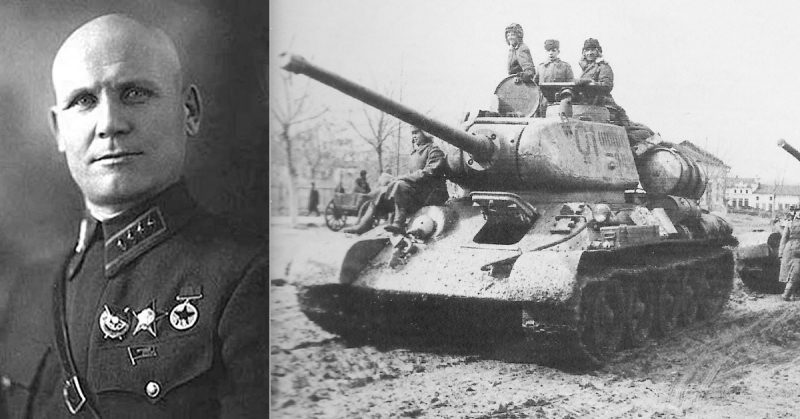Ivan Stepanovich Konev was a highly decorated general of Russia’s Red Army. Both highly admired and feared by Stalin, he made huge contributions to the Soviet Union from the Russian Revolution through post-World War II. Some stories on his part are highly admirable and some are bone chilling. Here are ten facts about General Konev to highlight his life and legacy.
1. Konev was born to a peasant family in 1897
In the region then known as the Vologda Governate (Kirov Oblast as of 1936), Konev was born on December 28th, 1897. His mother died in childbirth and since his father was a poor peasant in the Russian Empire, Konev didn’t complete his education but began working at a timber mill as a teenager. In 1916, he was drafted into the army and fought for two years in World War I.
2. He fought in the Russian Revolution
After being demobilized from the Tsar’s army in 1917 because of the beginning of the Revolution, Konev was fighting for the Red Army by 1919. He served in the Far Eastern Republic under the command of Kliment Voroshilov, a close associate of Stalin and the initial key to Konev’s movement up the ranks of the Red Army. After the Revolution, he studied at the Frunze Military Academy and subsequently moved further up the ranks as an officer and public figure.

3. Though a successful Red Army officer, Konev experienced several disappointments during the German invasion in World War II
One such battle was the Rzhev Salient, when the Red Army had managed to push the Germans several dozen kilometers back from Moscow and were attacking the East, North, and South sides of the German position. Konev was now a Colonel-General and commanded one front line while the other was lead by Chief of the General Staff Georgy Zhukov, who had saved Konev from the brunt of Stalin’s rage earlier in the invasion when the Germans had encircled Konev’s command, the 19th Army.
The Battle of the Rzhev Salient lasted from late July into early October 1942 and though the Russians attacked the German position time and again from a favorable position of their own, little was achieved. The Germans suffered some 70,000 casualties while the Russians lost over 300,000 troops.
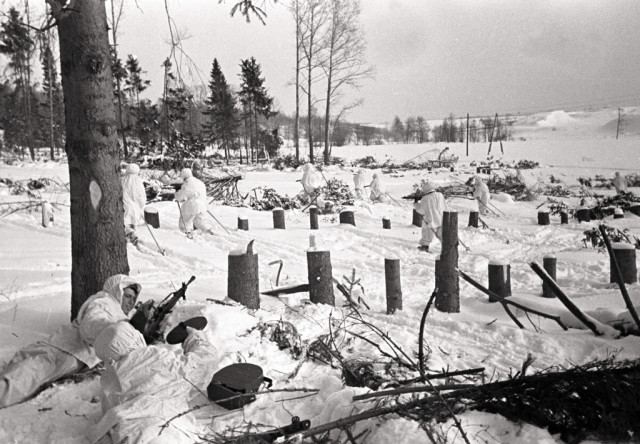
4. He was an avid practitioner of Maskirovka
Maskirovka was the name the Russian’s gave to their practices of deception and counter-intelligence in the field of battle. In keeping with the ancient wisdom of Sun Tzu’s Art of War, Konev put a huge focus on measures such as camouflage and creating dummy equipment and supply depots to hide his true force and positions.
On many occasions, this not just gave the Red Army the element of surprise, but completely bamboozled the Germany Army. In the July 1943 Battle of Kursk, this was certainly the case and General G. Schmidt of the 19th Panzer Army reflected, “We did not assume that there was even one fourth [the Russian strength] of what we had to encounter” (source: wikipedia.org).
5. He commanded the 1st Ukrainian Front during the invasion of Poland and Germany
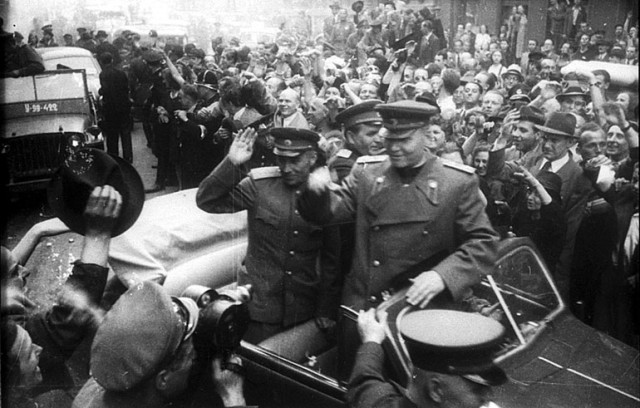
While Zhukov commanded the 1st Belorussian Front to the North, Konev led the front line from central Poland, through Czechoslovakia and Hungary and into Yugoslavia. The Red Army made huge gains during the Vistula-Oder Offensive in early 1945, pushing through most of Poland and right up to the German heartland in just three weeks.
Once again, the Red Army had established the element of surprise and attacked the German force with one that outnumbered them five to one.
6. Stalin greatly admired Konev’s ruthlessness
Konev would butcher German POWs and even boasted about it. In the book Conversations with Stalin, famed Yugoslavian dissident Milovan Djilas writes of Konev, “’We let the Cossacks cut up as long as they wished. They even hacked off the hands of those who raised them to surrender’ the Marshal recounted with a smile” (source: wikipedia.org).
7. Konev was the head of Soviet occupational forces in East Germany after World War II
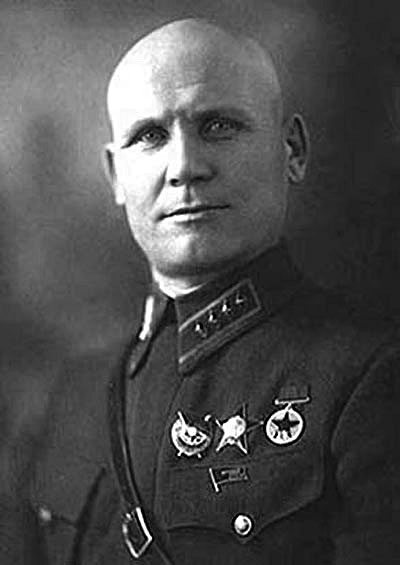
As the Red Army invaded Germany in 1945, millions of Germans fled to the West, fearing the wrath of the Russians and hoping for more favorable treatment under the Western Allies. The common consensus of history is that they were right to do so. Stories from occupied East Germany are filled with horror. It is estimated that up to two million women and girls were raped by soldiers of the Red Army, sometimes countless times. Life after hostilities ceased was little better, one indicator being the shockingly high infant mortality rate of 90 percent.
8. Konev, though admired by Stalin, also dealt with the downside to his success
Stalin’s infamous paranoia of other high-ranking Soviet commanders saw Konev demoted to Commander of the Carpathian Military District after reaching the high position of First Deputy Minister of Defense (which he replaced Zhukov for, whom Stalin also feared and moved from that high command) after World War II. Luckily for Konev, he had survived Stalin’s great purge of officers in 1937-38.
9. Konev was sent in to suppress the Hungarian Revolution
In what started as student demonstrations in Budapest in 1956, after one student was shot and killed by Soviet gunfire, a full-scale revolution broke out against communist rule across the country. Militias formed and the people of Hungary fought from October 23rd until November 10th. Konev, now Commander-in-Chief of the Armed Forces of the Warsaw Pact, was sent in with troops and tanks to quell the uprising. Before it was over, around 3,000 Hungarians died and a further 13,000 were injured.
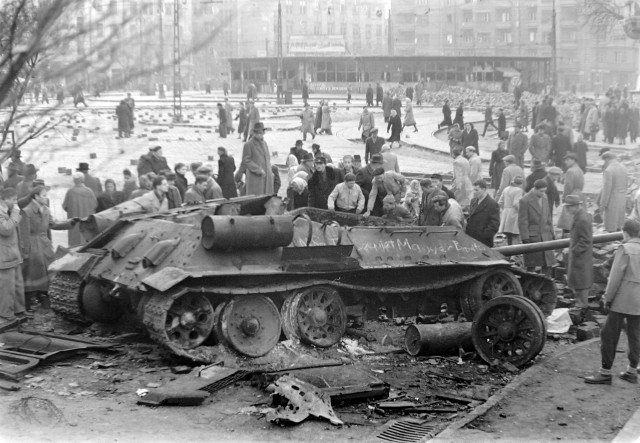
10. Konev was a Soviet Hero
Perhaps the greatest indicator of Konev’s place in Soviet military history is his grave. He was buried in the Kremlin Wall Necropolis, his remains resting near those of Stalin and the mass graves of Russian Revolution soldiers. His honors include twice Hero of the Soviet Union, Order of Victory, and seven Orders of Lenin, among dozens of others.
